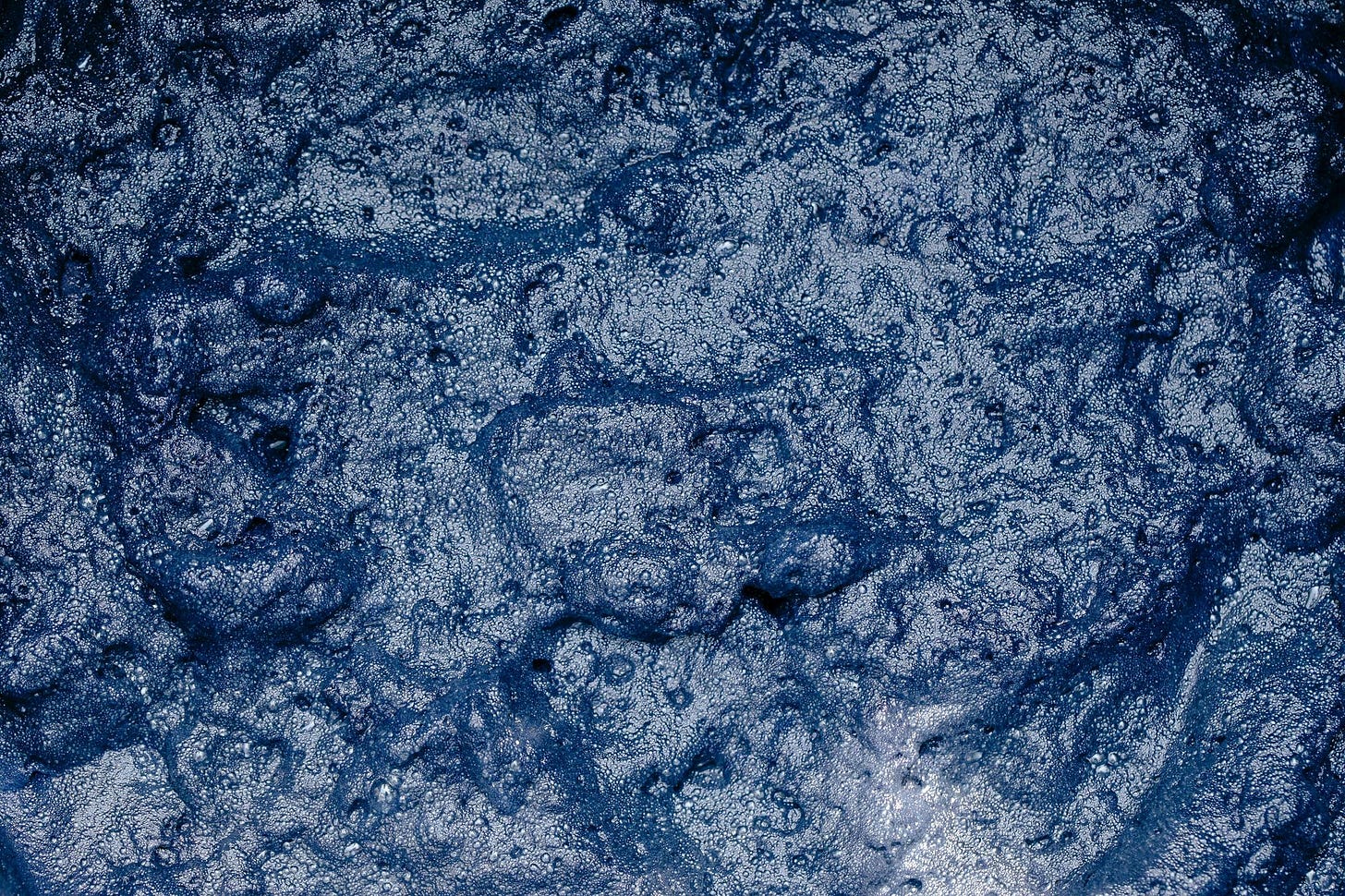Subscriber Bryan Jenks reached out to me back in February after my the Wool edition to chat about some gloves a friend of his had handmade for him. They did it all the old-fashioned way, from the sheep shearing to the natural dyes, and ever since then I've been paying more attention when I come across information about historic dyes...
Fun Facts
The Maya …
Keep reading with a 7-day free trial
Subscribe to Manuscriptions to keep reading this post and get 7 days of free access to the full post archives.



